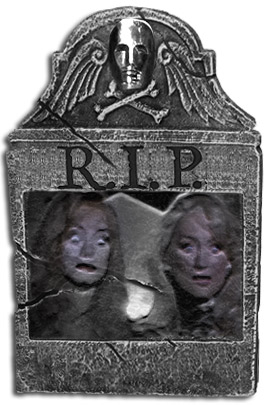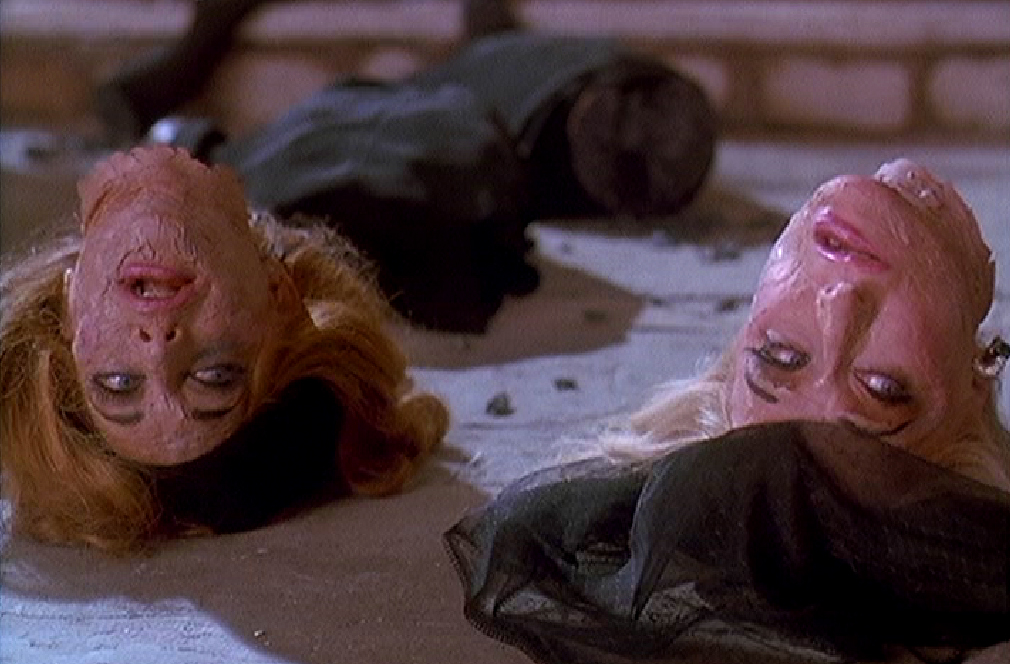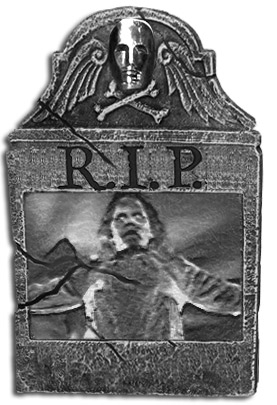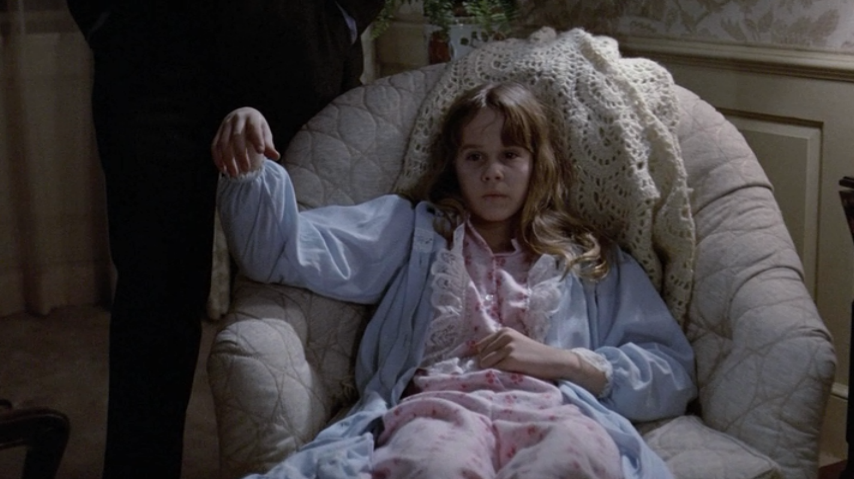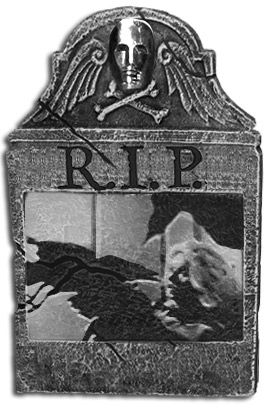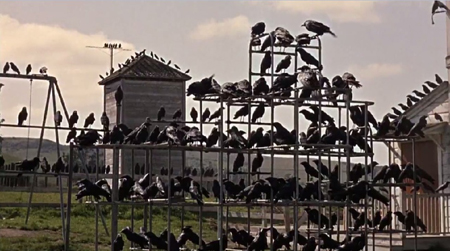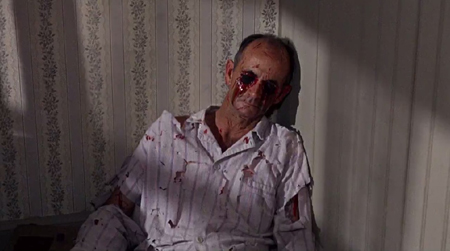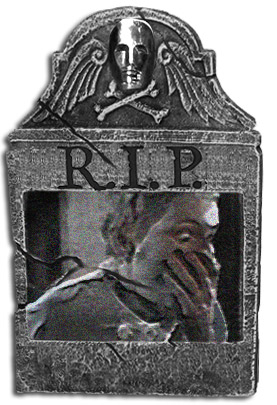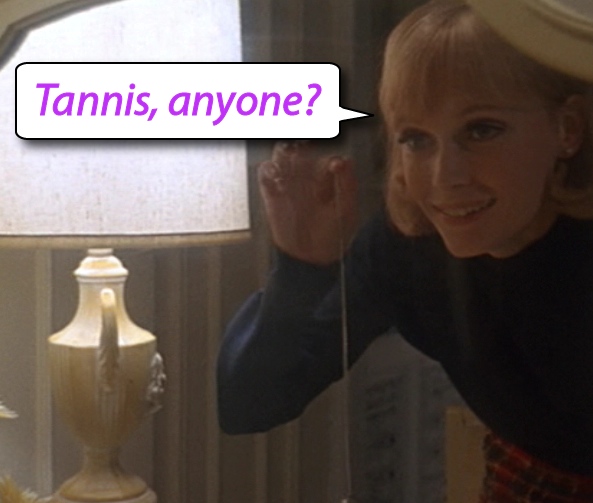Oscar Horrors: Be Impressed. Be Very Impressed with The Fly's makeup
 Sunday, October 30, 2011 at 12:00PM
Sunday, October 30, 2011 at 12:00PM 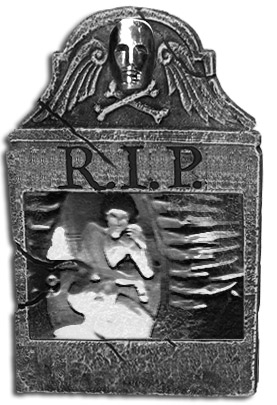 Team Film Experience is celebrating the rare Oscar nominated and winning contributions to horror films. Today Craig buzzes in with the latest edition of Oscar Horrors.
Team Film Experience is celebrating the rare Oscar nominated and winning contributions to horror films. Today Craig buzzes in with the latest edition of Oscar Horrors.
Here Lies... the remnants of the Brundlefly that Chris Walas and Stephen Dupuis (who went on to win the Best Makeup Oscar) lovingly crafted for David Cronenberg’s 1986 re-masterpiece The Fly. I don’t think they were there at the ceremony to collect it but they had it teleported to them within seconds of their names being read out.
As we know from the film, Jeff Goldblum becomes attached to a pesky, common housefly at a genetic level: he metamorphoses in a major way. Like, bummer. It was Walas and Dupuis’ job to make this as grotesquely memorable as possible. It’s fair to say they succeeded.
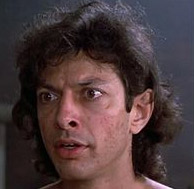
Walas – whose company, ‘Chris Walas, Inc.’, received first credit at the end of the film – went on to direct the sequel (which Dupuis also worked on) three years later. The makeup was definitely on par – dare I suggest slightly better – with other 1980s horror face- and game-changers The Thing, The Elephant Man and An American Werewolf in London. It was designed backwards – from full-on diseased Brundlemess at the end to light touch-up with some Max Factor at the start – and roughly created in eight stages. In accordance with this, and Goldblum’s fate, I’ll stage my Fly makeup celebration in bits, beginning from just after Goldblum teleported...
Stage One: Jeff has some increased strength thanks to the insect genes fused irreversibly with his cells. He’s full of beans and nigh-on always up for a spot of sexytime with a curiously indifferent Geena Davis. His idea of foreplay is to strip down and perform a few snazzy gymnastic moves on a horizontal bar like he’s trying out for the Olympics. Geena looks bored but straddles Jeff anyway.
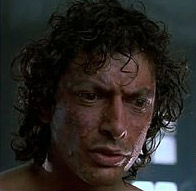
Brundle-to-fly count: Jeff is roughly, I’d say, between 79 and 99% pure Brundle.
Makeup Check: There’s some light sweating from all the showing off/, so Jeff’s probably been given a once-over with a gentle covering of antiperspirant foundation; Geena has an emergency rouging because she looked a peaky. Measle-like blemishes and some protruding prickles on the shoulder blades mean a de-glistening and a bristle snip for Jeff.
Stages Two through Five after the jump. [Spoiler: He's fucked!]



